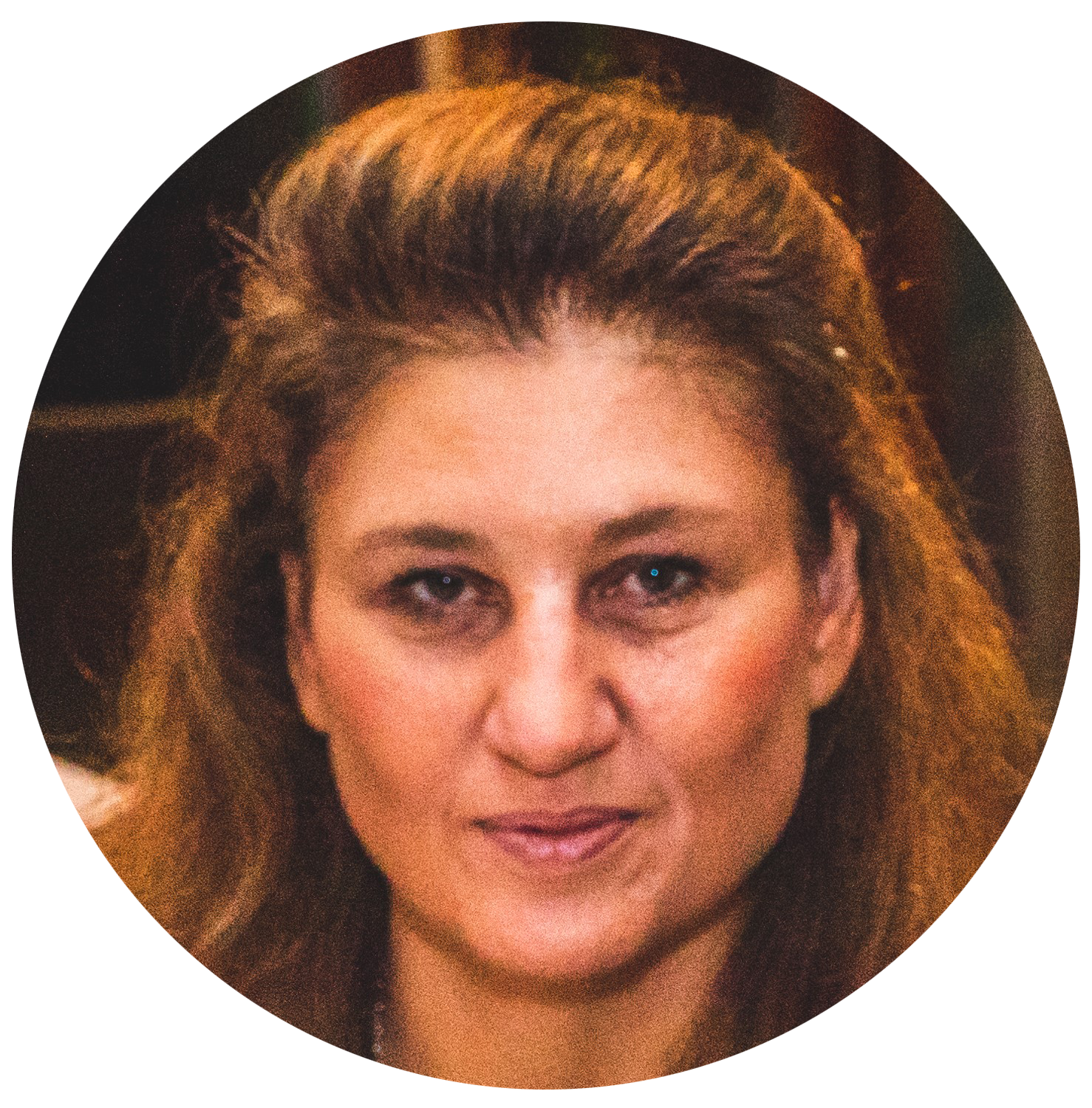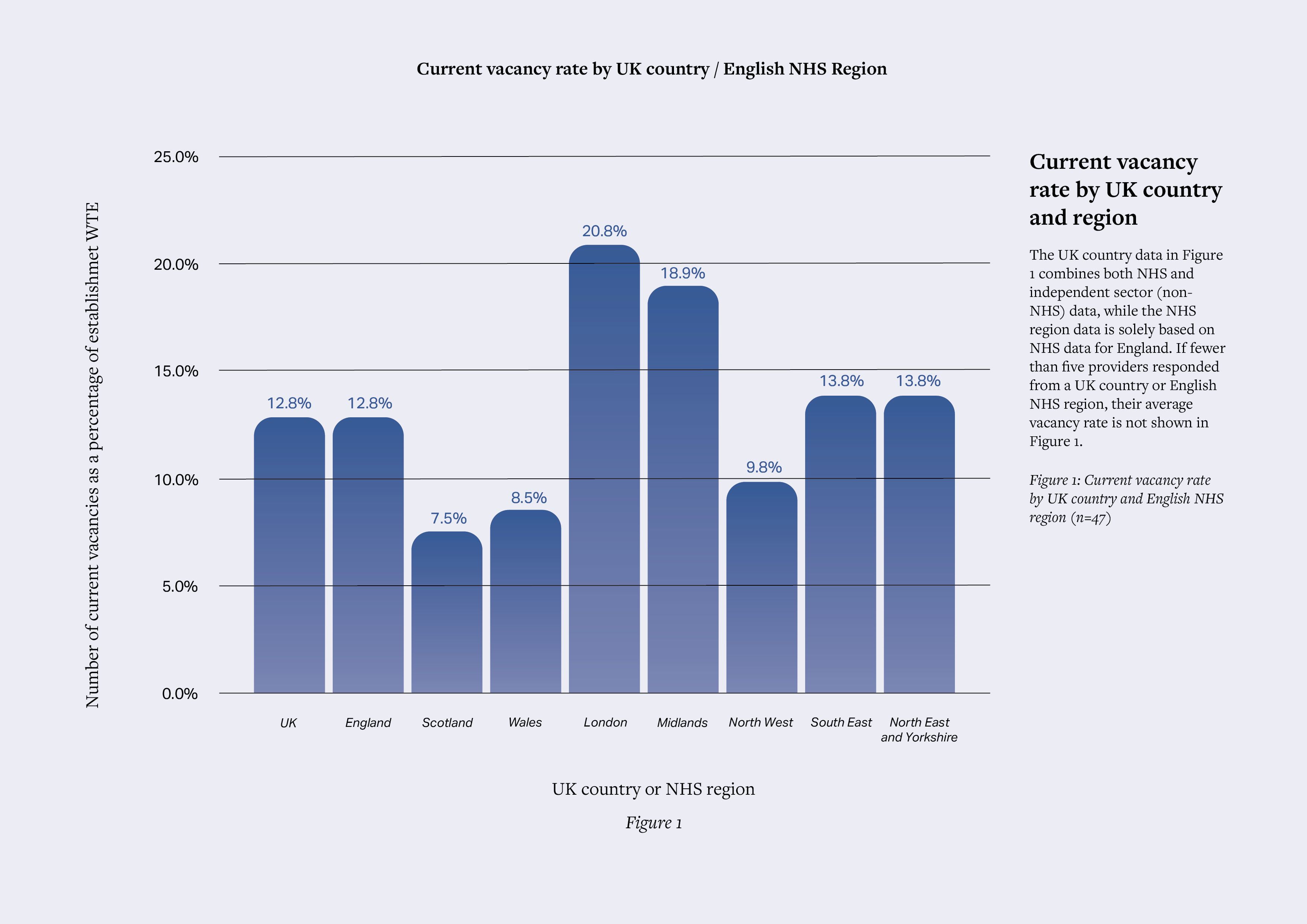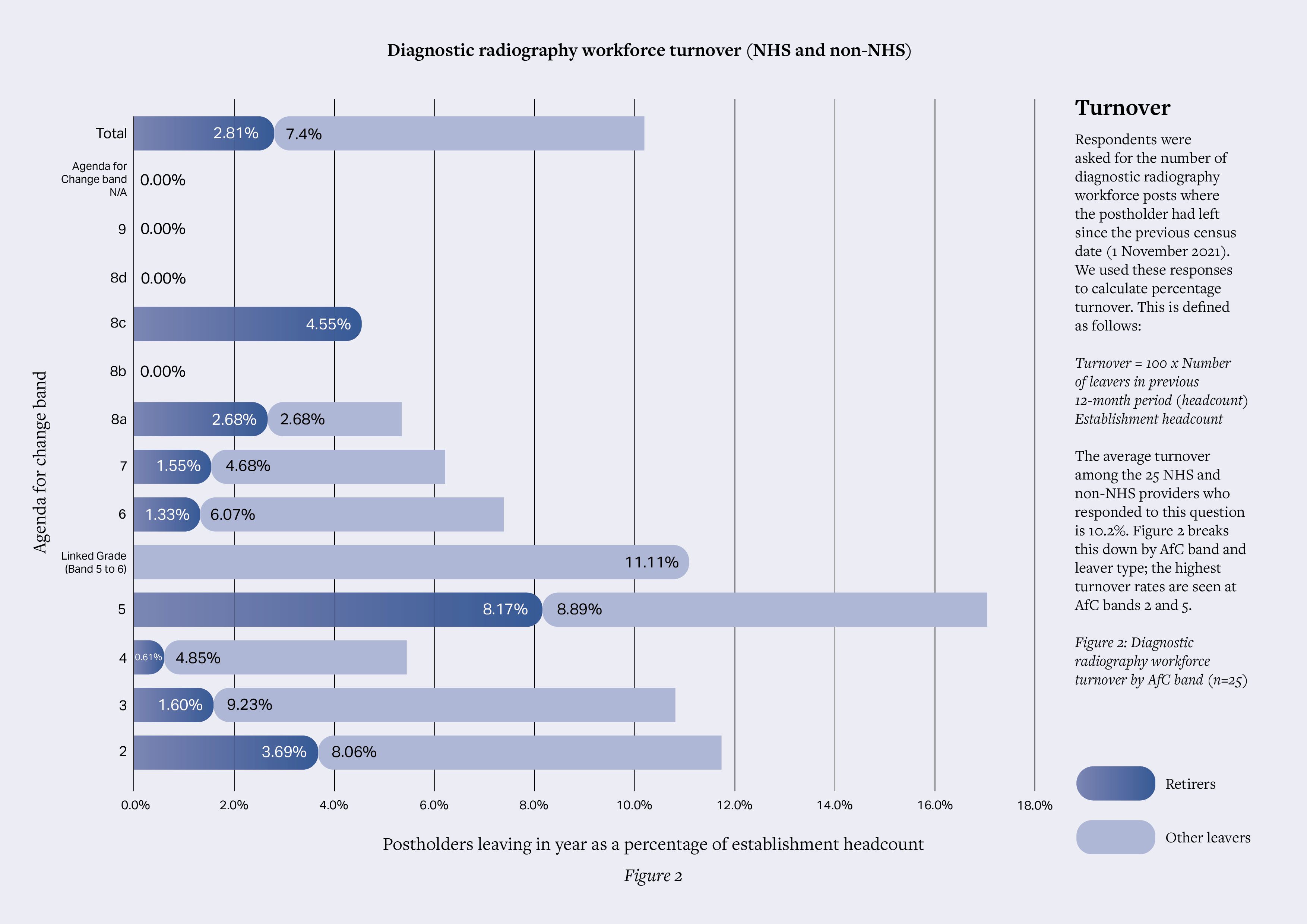

UK-wide census:
The 2022 Workforce Census unveiled
Alexandra Lipton, professional officer for senior service managers and cross sectional imaging lead, discusses the findings from the SoR 2022 Workforce Census
Alexandra Lipton
Alexandra Lipton
The Society of Radiographers annual Workforce Census is a UK-wide survey of the diagnostic radiography workforce, designed to help support and advance the interests of the profession.
Synergy recently spoke with Alexandra Lipton, professional officer for senior service managers with the SoR, to ask about what the Diagnostic Radiography Workforce UK Census discovered in 2022, and how radiographers can make best use of this important resource.
This survey reflected the sentiment around the struggles the radiography workforce had faced. Low morale, vacancy rates, lack of time to support staff in career development, and difficulties with Continuing Professional Development (CPD) due to increased workload and vacancies.
But it also demonstrated the positive movements radiography is experiencing, in particular the growth in apprenticeships and international recruitment.
So Alexandra, could you tell us a bit more about yourself?
I am a diagnostic radiographer by background, with a background mainly in MRI. I've been a professional officer for 14 years, so I think I'm the longest standing professional officer! I lead on cross sectional imaging, and also part of my role is to support senior managers in their professional development.
Could you tell us a bit more about the background of the census?
The radiography census takes returns from imaging services across the country, and one thing we always want to emphasise is the importance of the data. NHS England requires departments to submit data, and we appreciate the difficulty in asking our service managers to complete the survey.
The SoR Census is UK-wide. As the professional body we can ask questions related to professional development rather than purely productivity type data. The data is freely available to all, allowing us to get information from across the devolved nations and the whole profession.
Why should radiographers take part?
We ask members to get involved with the census because of the strength that comes from the SoR being a trade union and professional body. We're in all those conversations with government stakeholder bodies around pay review, around terms and conditions, and about developing practice to support improved outcomes for patients, the data from the census directly helps support our arguments.
Other organisations refer to our census as well, in strengthening their work to try and ensure the radiography workforce receives greater investment and profile to support recruitment and retention to the profession.
What insights can be gained from the census?
Collecting the data for the Society of Radiographers itself is important. It gives you a lot of information about the profile of the profession each year and enables changes to be seen through comparison with previous years' data.
The value for service managers is in supporting them to make cases at the local level to their board, for example saying 'as a region these are our vacancy rates,' or 'this is the development and investment required to ensure we are able to support our recruitment and retention of those working within imaging services.' The data allows managers to demonstrate areas where they may be lagging behind the national trend.
When we've been asked for the data, people have found it very helpful, in particular managers that are looking for some support to get funding or bringing in more practice educators.
The census gives you that national picture, to understand how you compare.
What are the most important discoveries from this survey?
We found that 89 per cent of respondents reported vacant diagnostic radiography workforce posts in their department. Current UK vacancy rate across respondents was at 12.8 per cent. By country, that's 12.8 per cent in England, 7.5 per cent in Scotland, 8.3 per cent in Wales.
London reported a 20 per cent vacancy rate. In the Midlands, the North East, and South East vacancy rates all stood at greater than 12 per cent. Then we looked at the profile by imaging modality – the majority of our newly qualified band 5 practitioners are employed in X-ray, and there's growth in band 6 moving more into specialised areas in CT and MRI.
Additionally, the average percentage of post-holders absent due to long-term sickness rose from 1.6 per cent to 2.6 per cent between 2019 and 2022. Respondents also told us that the overall percentage of their workforce who are aged 60 years and over is 4.7 per cent.
We also look at turnover, which stood at an average of 10.21 per cent over the past year, and international recruitment, which constituted 8.1 per cent of headcount, and is one of the hot topics this year. Apprenticeships are growing in England , which is really great to see, because I think that will be one of the solutions to the workforce crisis radiography is experiencing. It's been woefully inadequate for years, and still needs support for those posts.
A big factor is time spent on supporting professional activities. We’re always talking about radiographers acquiring images, the more technical side of the role, and this is where we get that perception from other professions or from the public that we’re just button pushers. What we want to articulate well as a profession is that there is so much more that the profession can offer in supporting transformation of services, through post registration education and training and investment in CPD.
Governments have a focus on waiting times - productivity is their goal but the College of Radiographers, through QSI (Quality Standard for Imaging) focuses rightly on service improvement, and workforce transformation to support better patient outcomes.
The census also importantly collects information about the entire radiography workforce and this year we are in the second year of data collection for the support workforce. This is an important area to focus on, as there is such variation across the country in terms of progress with implementation of support worker roles. We hope that through this data collection we can encourage services to start to seek investment and development in the support workforce.
What will the census for 2023 look like?
What we're moving towards is looking at trends. We've asked in the past establishment by whole time equivalent, and then establishment by headcount. It's incredibly difficult for our managers that, for example, have hundreds of staff across three sites, many part time, to think 'what is my actual headcount?' So that should take away a lot of the burden.
Find out more...
The Diagnostic Radiography Workforce UK Census 2022 was carried out between November 2022 and January 2023. The objectives were to establish the structure, nature and vacancy rate of the workforce. In total, 59 medical imaging service providers responded to SoR’s online questionnaire. The report presents an analysis of the census results and compares them with similar censuses carried out in 2019, 2020 and 2021.
Radiology services managers (or equivalents) were asked to answer the census on behalf of all diagnostic radiography (medical imaging) services in their hospital, workplace or organisation. They were asked to include details of all practitioners in the career framework, from clinical support workers and assistant practitioners through to advanced and consultant practitioners, plus apprenticeship posts and trainee assistant practitioners.
The College of Radiographers also carried out a census of the radiotherapy radiographic workforce in the UK between November 2022 and January 2023, seeking important evidence for workforce planners, clinical boards, government departments, educators, commissioners and providers of radiotherapy.
Work is also underway on the 2023 workforce census. Get involved here.
Download the results of the 2022 census here.
Now read...





